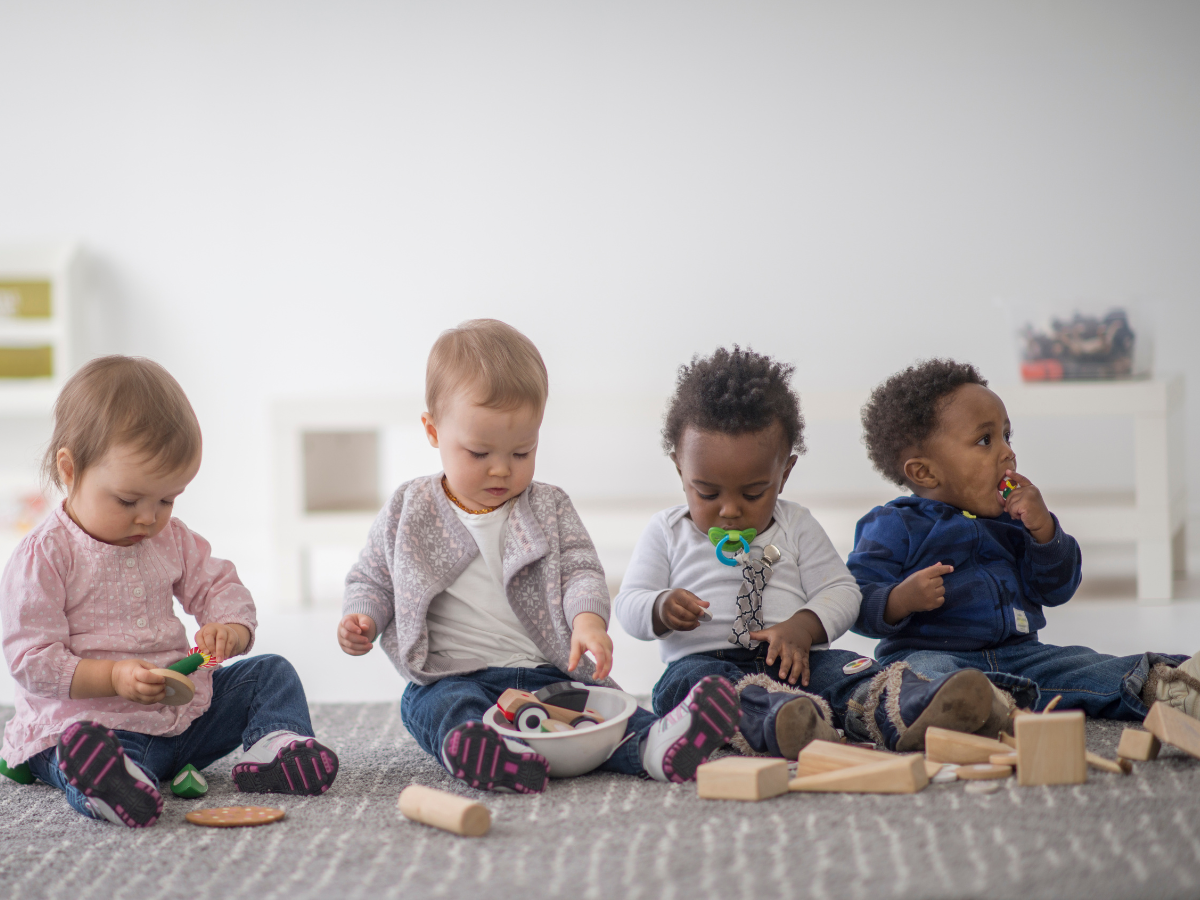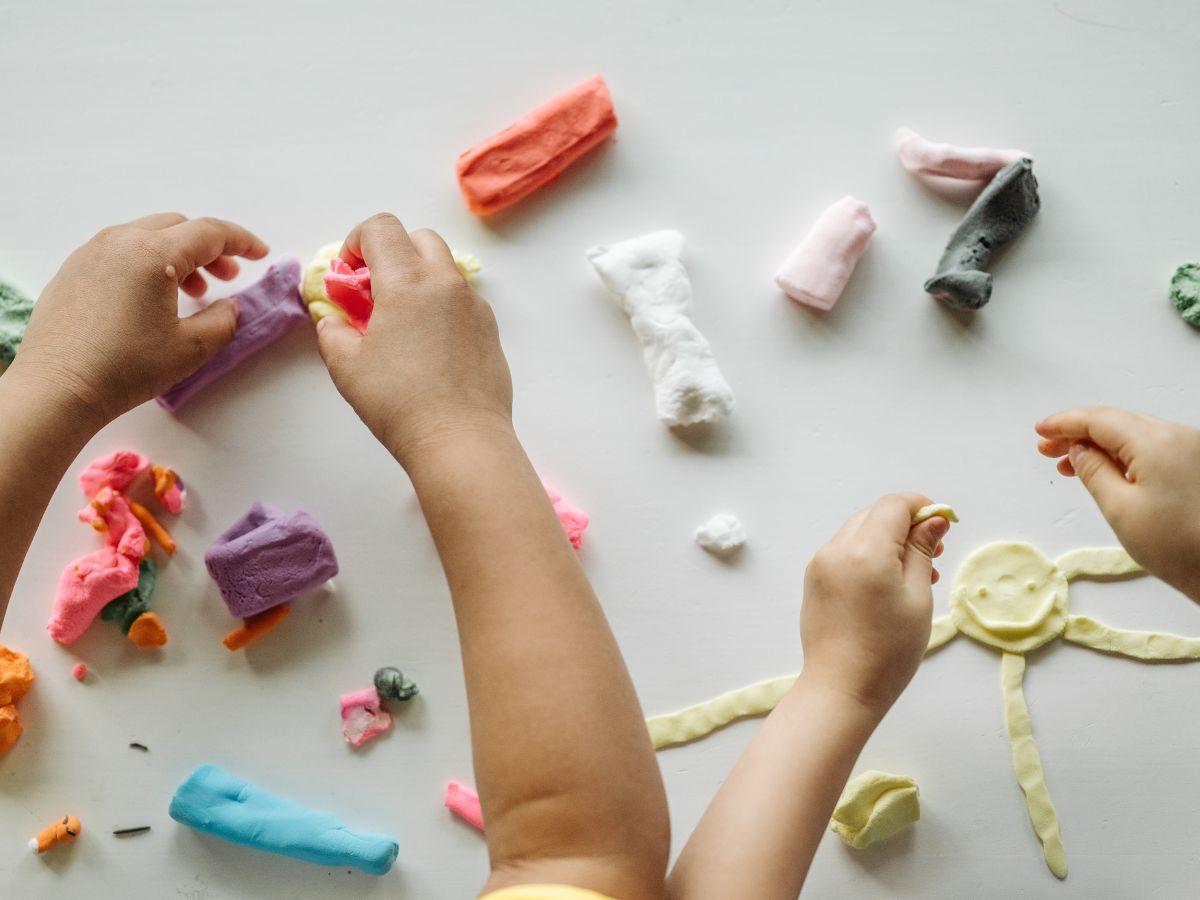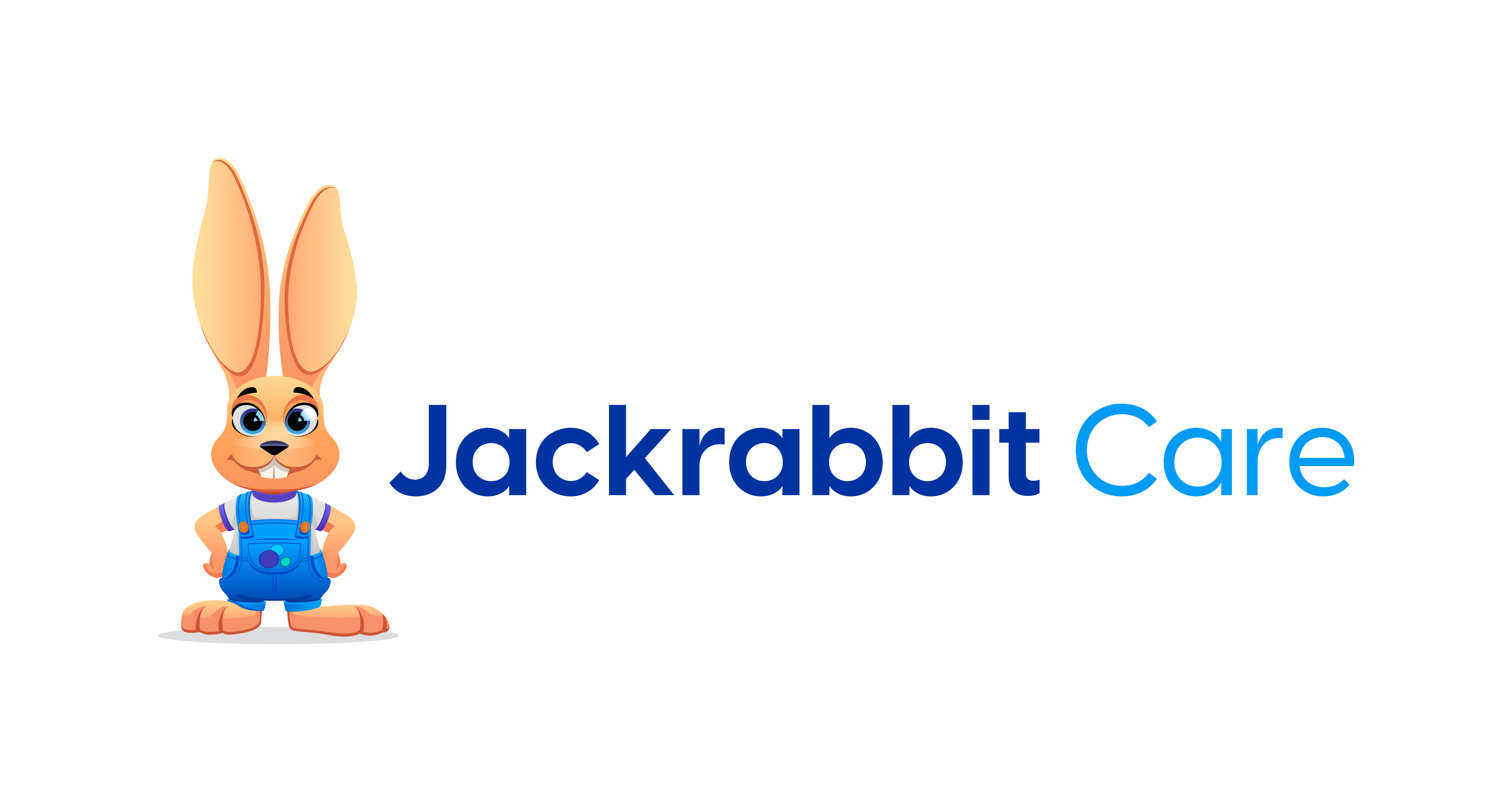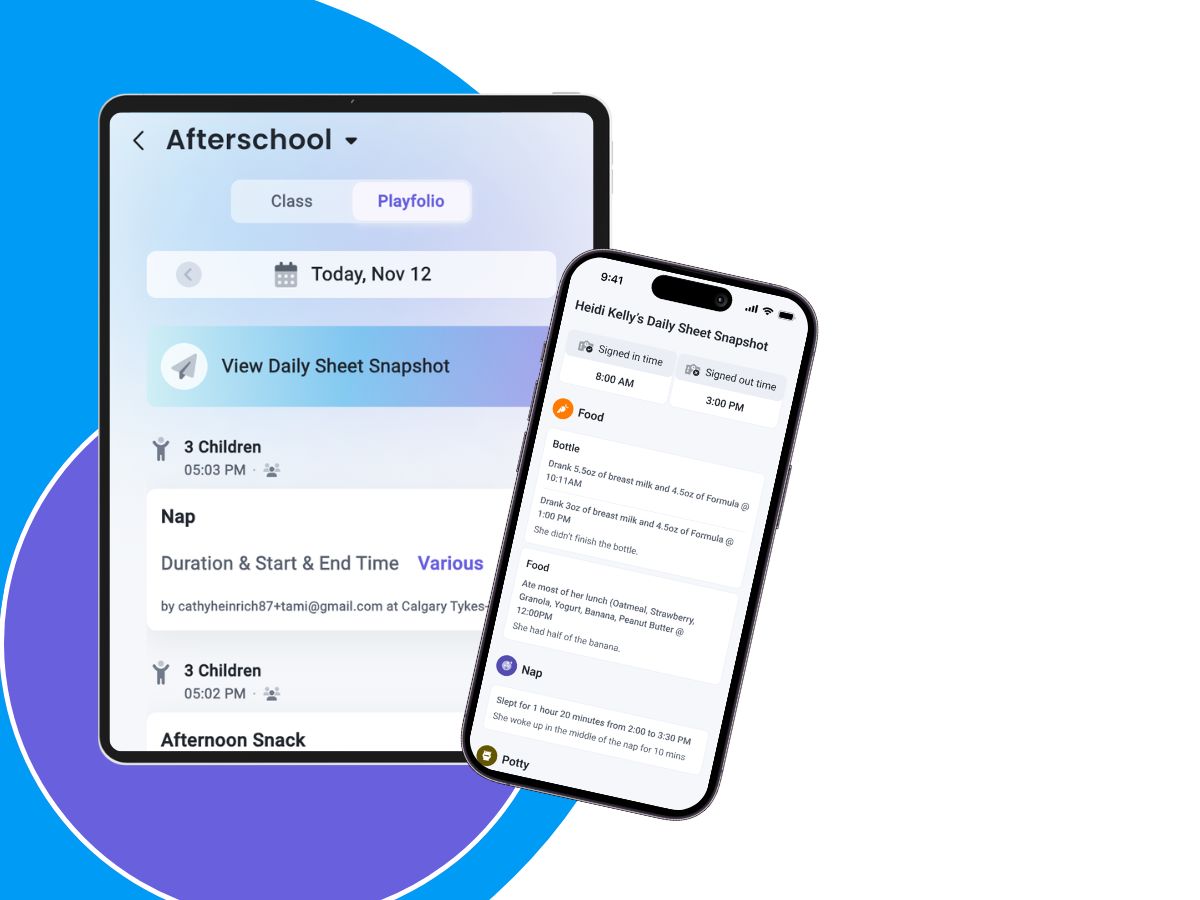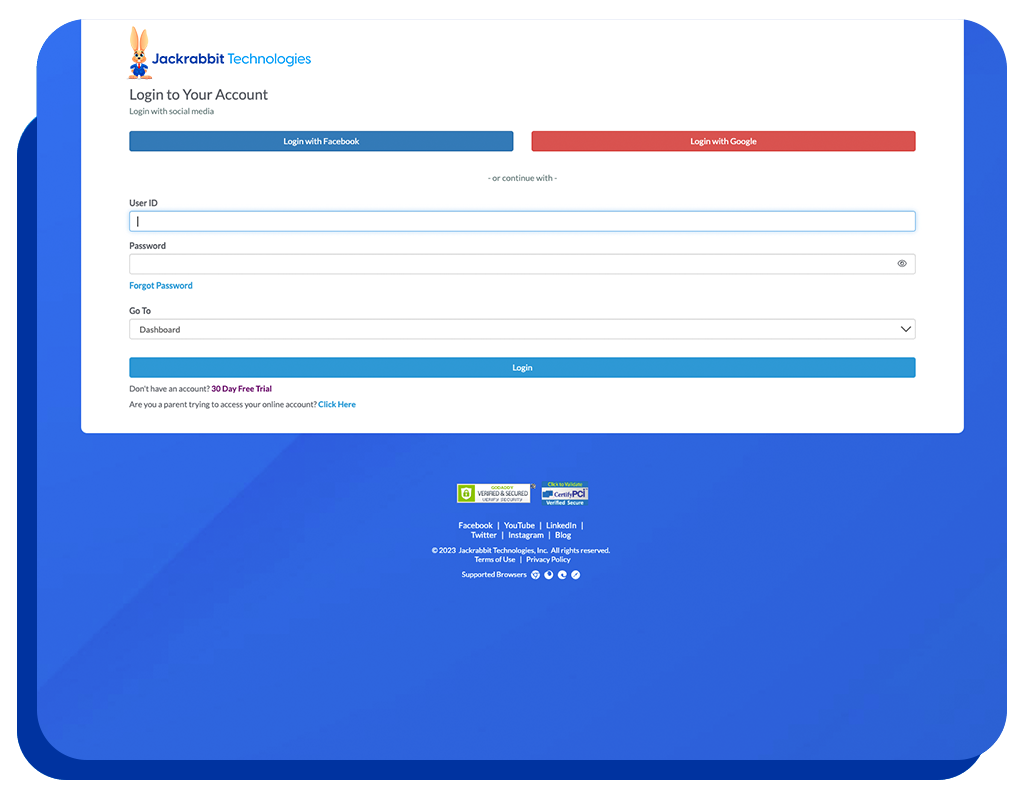Have you ever had a parent ask ‘What did my child do today?’ and your team doesn’t have a quick, structured answer? That’s where a daily sheet comes in. It’s a simple but powerful way to keep parents in the loop while also helping childcare providers stay organized.
But what exactly should go on a daily sheet? Let’s break it down.
Why a Daily Sheet Matters in Child Care
A daily sheet isn’t just a routine task for staff members to check off – it’s a key part of communication between caregivers and families. It helps:
- Keep parents informed about their child’s day.
- Track important details like meals, naps, and potty breaks.
- Spot patterns in behavior, sleep, and eating habits.
The more user-friendly and clear your daily sheets are, the better parents can understand their child’s experience and progress.
What to Include on a Daily Sheet
1. Basic Information
Start with the essentials:
- Child’s Name & Age – This helps keep records organized and ensures the right sheet goes to the right family.
- Date – A simple but important detail for tracking trends over time.
- Caregiver’s Name – This is especially helpful in larger child care settings where multiple caregivers may work with the same children.
2. Arrival & Departure Times
Recording drop-off and pick-up times is helpful for tracking attendance, staff to child ratios and understanding the child’s routine. If a child arrived tired or fussy, noting that can help parents and staff see any patterns.
3. Meals & Snacks
Parents love knowing what (and how much) their child ate. Include:
- What was served – Did they have fruit, veggies, protein, or a special treat?
- How much they ate – Did they finish everything or barely touch it?
- Any allergies or dietary notes – If substitutions were made, note them.
4. Nap & Rest Times
Tracking naps is important since sleep affects mood and behavior. Be sure to include:
- Start and end times – Did they nap for 20 minutes or two hours?
- Quality of sleep – Were they restless, or did they sleep soundly?
- Any changes – If they usually nap but struggled today, parents might want to adjust bedtime.
5. Diapering & Potty Training
For younger children, keeping track of diaper changes and potty training progress is key. Note:
- Diaper changes – Include times and whether it was wet, dry, or soiled.
- Potty training updates – Did they use the toilet successfully or have any accidents?
- Any concerns – If a child hasn’t had a wet diaper all day, that’s important for parents to know.
6. Activities & Playtime
Parents love to hear about what their child did during the day! Include:
- Types of activities – Arts and crafts, outdoor play, reading time, etc.
- Favorite moments – Did they build a tower, dance to a song, or try something new?
- Social interactions – Were they playing cooperatively, needing extra support, or making new friends?
7. Behavior & Mood
Children have good and bad days, just like adults. A simple note about their mood can give parents insight into how their child was feeling. Consider noting:
- General mood – Happy, calm, tired, energetic, fussy, etc.
- Challenges – Any tantrums, struggles, or moments that needed extra attention.
- Positive behaviors – Sharing, helping a friend, using kind words.
8. Milestones & Special Moments
These are the little moments that make childcare so special! Did they:
- Take their first steps?
- Try a new food and love it?
- Say a new word?
- Show a new skill, like stacking blocks or recognizing colors?
Parents cherish these details, and a daily sheet is a great way to share them.
9. Health & Wellness Notes
If a child wasn’t feeling their best, it’s helpful for parents to know. Include:
- Any symptoms – Runny nose, cough, fatigue, etc.
- Medication (if applicable) – Note any doses given with parental permission.
- Injuries or incidents – Even small bumps or scrapes should be mentioned, along with how they were handled.
10. Notes for Parents & Reminders
Leave a little space for extra notes, like:
- “We had so much fun painting today! [Child’s Name] really enjoyed mixing colors.”
- “We’re running low on diapers—please send more tomorrow.”
- “Tomorrow is pajama day! Don’t forget to dress comfy.”
Tips for Making Daily Sheets Easy & Effective
1. Keep It Simple
Parents are busy. A daily sheet should be clear, concise, and easy to scan. Use checkboxes, short notes, or icons when possible.
2. Consider Digital Options
Many childcare centers now use apps or digital logs that allow real-time updates and easy sharing. Parents love getting updates throughout the day!
3. Make It Personal
A short, handwritten note or an extra detail about a child’s day makes all the difference. It turns a daily sheet from a checklist into a meaningful update.
A daily sheet is more than just paperwork – it’s a way to strengthen communication, build trust with families, and celebrate each child’s growth. By including key details in a simple, friendly format, you’re not just sharing information – you’re giving parents a window into their child’s world.
Want to see how digital daily sheets make communication easier? Try Jackrabbit Care – schedule a demo today.


